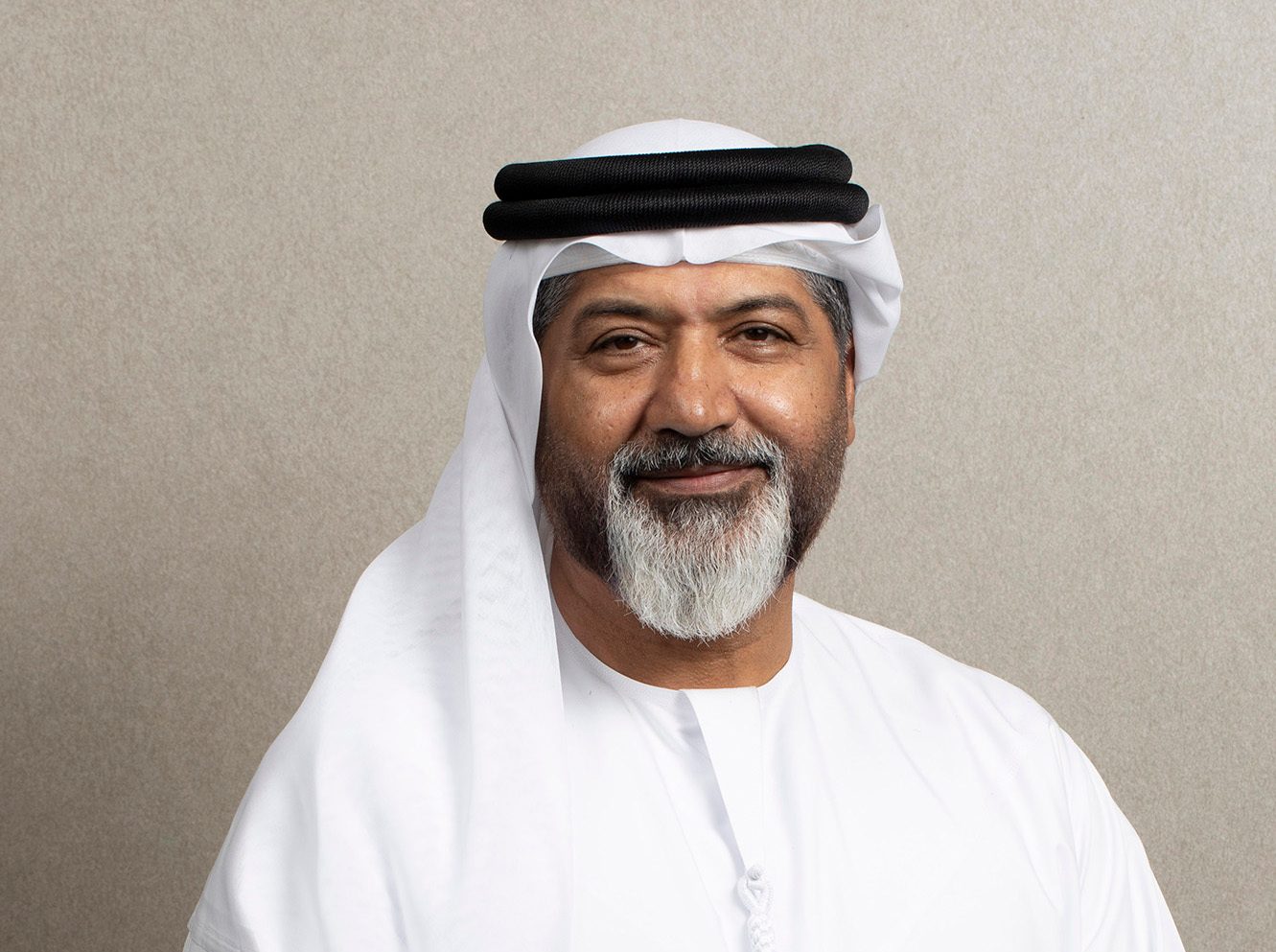
To begin, can you tell us a bit about your background, and the experience you bring?
With a degree in Petroleum Engineering, and a doctorate in Engineering Management, I have always worked in the energy industry.
Over the years, I have held various technical, commercial and management roles and been based in the Middle East, Africa, and Europe. Most recently, I was Shell’s General Manager for Operations in Egypt and, prior to that, Global Production Excellence Leader for Shell based in the Netherlands. I also spent 15 years with Petroleum Development Oman (PDO) in areas like projects, operations, well services, and strategy.
So, you could say I have a good grounding in most aspects of the business, as well as perspectives from several geographies. In the past, though, I always worked on the client-side, and was intrigued to see things from the contractor-side.
What did you know of Petrofac before you joined, and what attracted you to the role?
If you speak to anyone, anywhere in the energy industry in Oman, they will know Petrofac and respect the company for the quality of its delivery, the strength of its supply chain, and its client centric approach.
From my time at PDO, I had direct experience of Petrofac and was always impressed.
What attracted me to the role was the commitment to Oman, and the determination to build on the already strong foundations. Ultimately, we want to develop Oman into one of our major operational hubs, to match those currently located in the UAE, India, and the United Kingdom. We also have big ambitions to grow the order backlog and, with it, the size of the in-country team.
For me it was an exciting vision, and one I wanted to be a part of.
How would you characterise Petrofac’s track record in Oman, and what are the highlights?
I would say that Petrofac is woven into the fabric of Oman’s energy industry.
We have been active here for more than 35 years, and have delivered many of the most prestigious assets, from the small, to the large, to the mega. We also have a long-term framework agreement with PDO to provide support services and a similar agreement with Shell’s exploration and production arm. And we jointly operate the Takatuf Petrofac Oman (TPO) technical training centre.
There is plenty to take pride in, and it’s a strong foundation to work from.
FACE-TO-FACE WITH DR KHALID
PETROFAC HAS ALWAYS BENEFITED FROM AN ETHNICALLY DIVERSE WORKFORCE, COMPRISING MORE THAN 60 NATIONALITIES. HOWEVER, TO REFLECT THE COMPANY’S EMPHASIS ON LOCAL DELIVERY, WE DO WANT OUR TEAMS TO BE REPRESENTATIVE OF THE SOCIETIES IN WHICH THEY WORK, ESPECIALLY AT SENIOR MANAGEMENT LEVELS. TO THIS END, PETROFAC HAS BEEN MAKING SOME SIGNIFICANT HIRES, INCLUDING DR KHALID AL JAHWARI WHO JOINED AS COUNTRY MANAGER FOR OMAN IN AUGUST 2021. NEARLY A YEAR INTO THE JOB, WE MET UP WITH DR KHALID TO FIND OUT WHAT FIRST ATTRACTED HIM TO PETROFAC, HIS EARLY IMPRESSIONS OF THE COMPANY, AND HIS PLANS FOR THE FUTURE
WORDS PETER HALLIDAY
PUBLISHED JUNE 2022
PEOPLE
Dr Khalid Al Jahwari: “Petrofac is woven into the fabric of Oman’s energy industry.”
With regards to in-country value (ICV), what can you tell us about Petrofac’s approach?
I don’t think there is any other service company, anywhere in the industry, that’s as serious about ICV as Petrofac.
For me it’s about understanding our clients’ wider attitudes and objectives, and aligning our goals with theirs. Here in Oman, for example, our clients don’t look at their energy facilities in isolation. They see them as strategically significant investments, which are part of Oman’s economic infrastructure, and which should create wealth for everyone in the Sultanate. So, they want them to be operated by skilled Omanis, to be serviced by specialist local companies, and to attract investment to nearby communities.
We see things the same way. That is why we worked with Takatuf to create TPO and upskill the local workforce. It is also why we work hard to nurture local vendors and supply chains. Ultimately, we want Petrofac to be woven even more deeply into the fabric of the Omani economy, and be part of its future development.
Can you give us some specific examples of how Petrofac delivers ICV?
A good example is the OQ-LPG project, where we engaged with more than 300 local businesses. At the outset, we hosted a roadshow to get an understanding of their respective credentials, specialisms, and appetite for growth. We then made sure they were included on the relevant invitations to tender – not just for direct contracts, but also those issued by our main sub-contractors.
When we identify a vendor with the appetite for growth, we offer practical support. For example, we advised Dhofar Structures and Iron Industries, a Salalah-based steel fabricator, on the best equipment to invest in, helped it to embed a strong safety culture, and introduced it to potential customers across Oman. Since we first started working together, the company has increased its manufacturing capacity three-fold.
Also, our ICV contribution goes beyond Oman’s borders. When we identify a capable and ambitious Omani vendor, we spread the word throughout the wider Petrofac world, giving them the opportunity to tender for international projects. For current projects in Libya, for example, contracts for US$650,000 worth of electrical systems were placed with Omani vendors.
Meanwhile, we are engaging actively with local communities, on a range of social giving and chartable initiatives. For example, we raised around US$130,000 and helped with the relief operation following last year’s disastrous cyclone. Our Duqm project team also constructed a sports ground, provided shelters at a popular beach, and donated IT equipment to local schools.
And, all the while, we continue with the Omanisation of our own business. In 2021, we recruited a further 41 Omani nationals and presented plans for our nationalisation programme to the Ministry of Labour.
“Oman is poised to become a global hub for new energies, and we aim for Petrofac to be part of Oman’s new energy story.”

One of Petrofac’s projects in New Zealand
What about Petrofac’s new energies business? How relevant is this in Oman?
We see considerable potential in new energies.
With a long coastline, intense sun, strong winds, and an energy mindset, the Sultanate is perfectly positioned to be a global leader in new energies. Beyond its natural assets, Oman is easy to access, easy to invest in, and has an open and dynamic economy.
So, Oman is poised to become a global hub for new energies, and we aim for Petrofac to be part of Oman’s new energy story.
What are your objectives for the rest of 2022 and beyond?
In the wake of the pandemic, the number one priority is to return to growth, by rebuilding our order backlog, and actively bidding on a new generation of energy assets.
Aside from that, priorities for 2022 include expanding our Muscat HR function, with a view to strengthening our Omani middle management teams. We also intend to assess the capabilities of the local supply chain in the new energies’ sector, identify gaps, and provide support accordingly.
The headline message is that we have big ambitions for Oman, and the bigger we get, the bigger our contribution becomes. Up to now, we have generated US$3 billion in ICV for Oman. Within the next five years, I want to double that figure. Ultimately, we see our success as Oman’s success.

